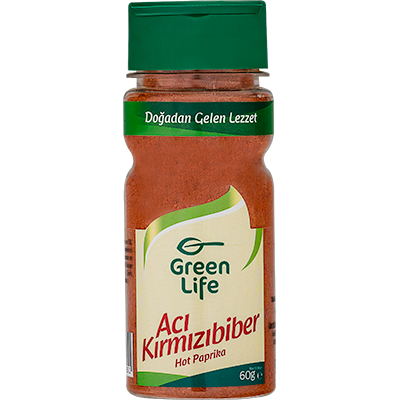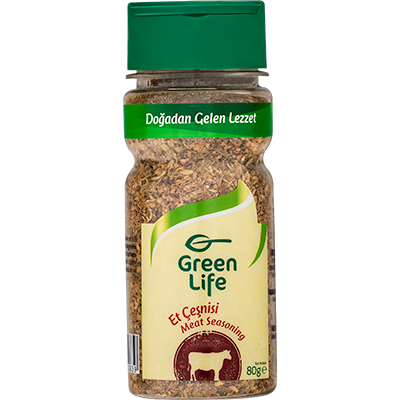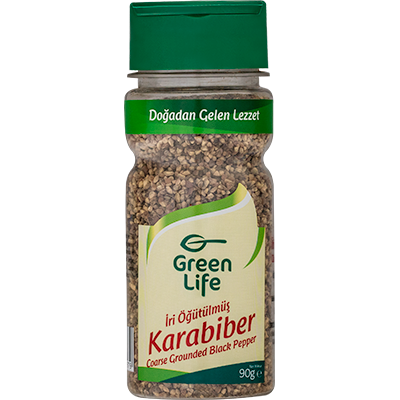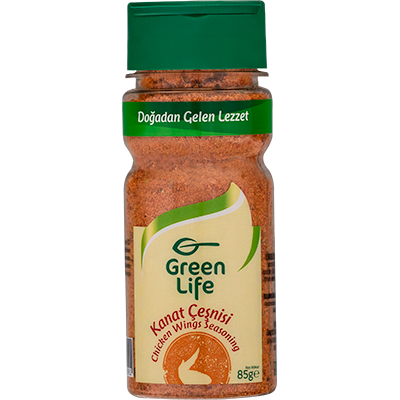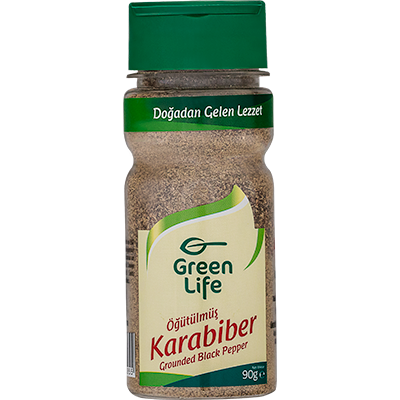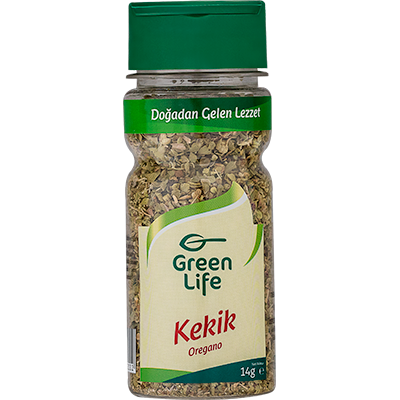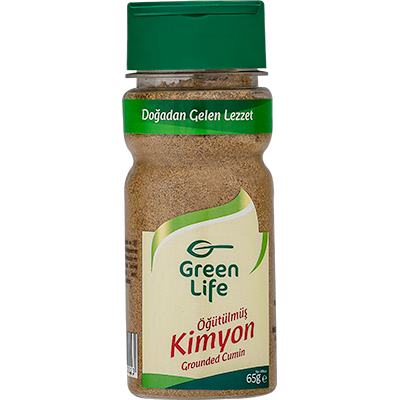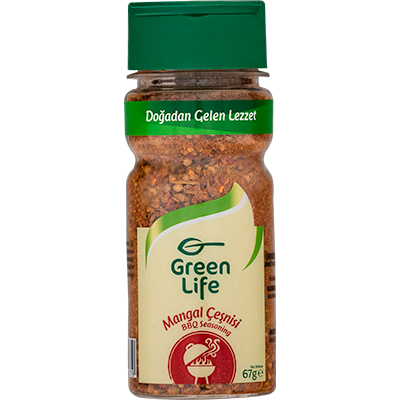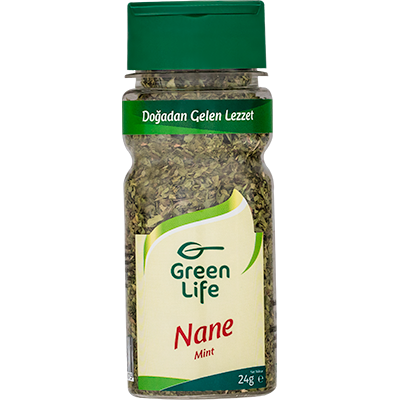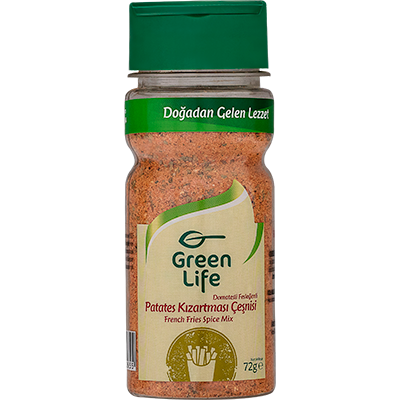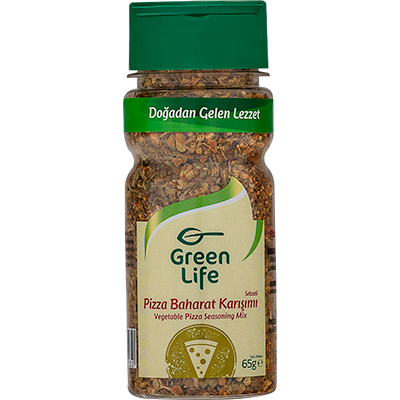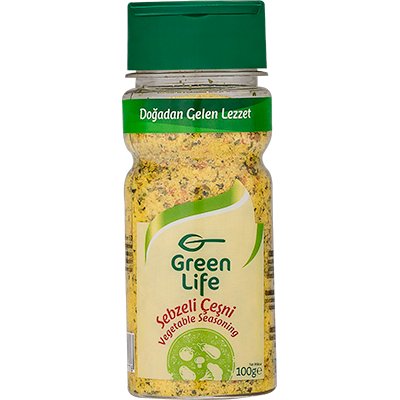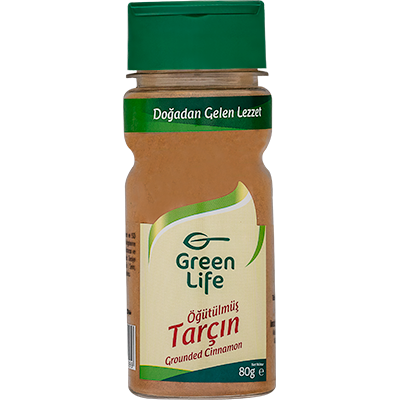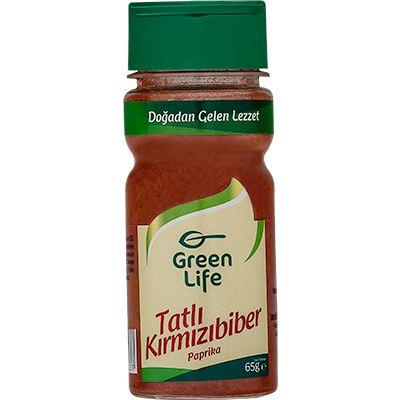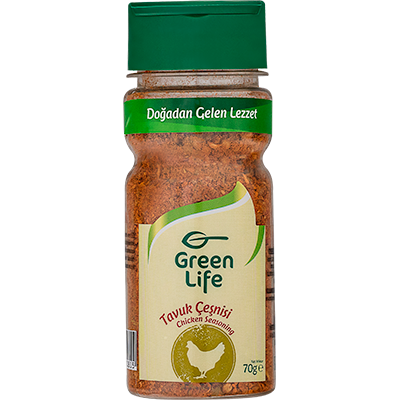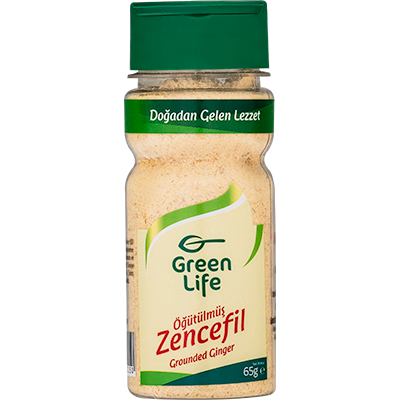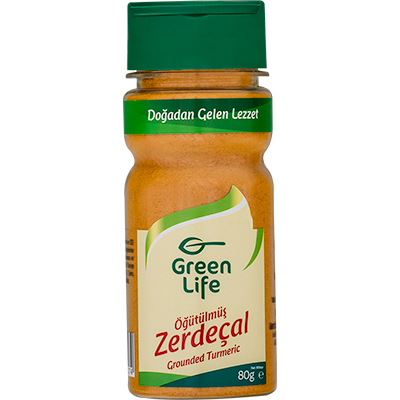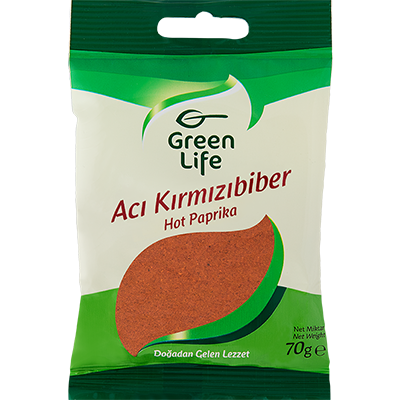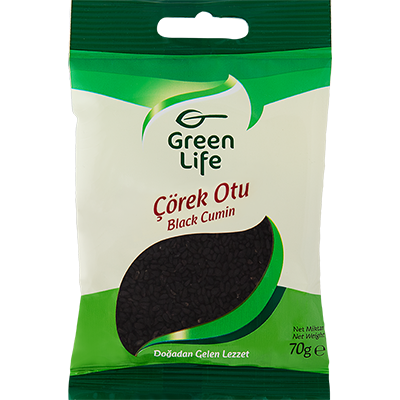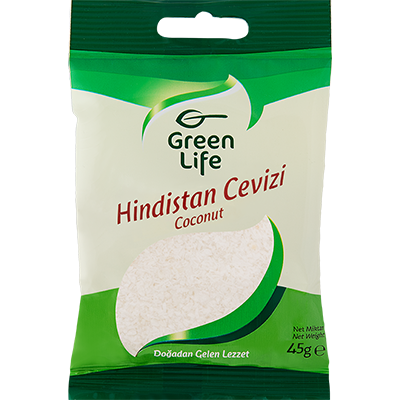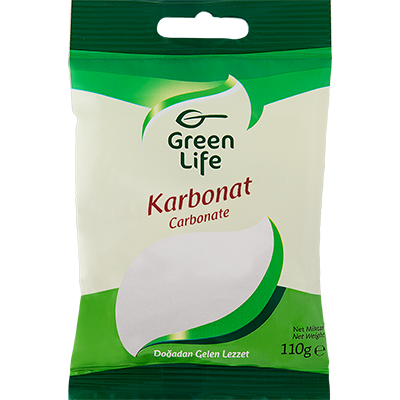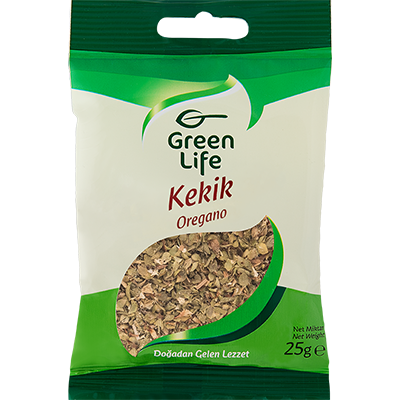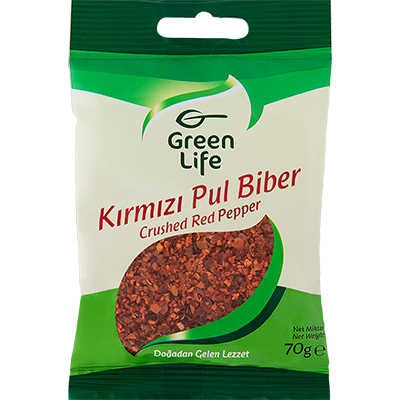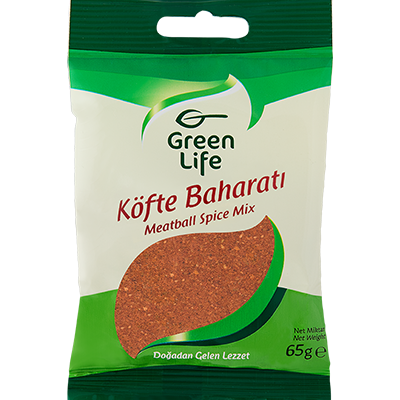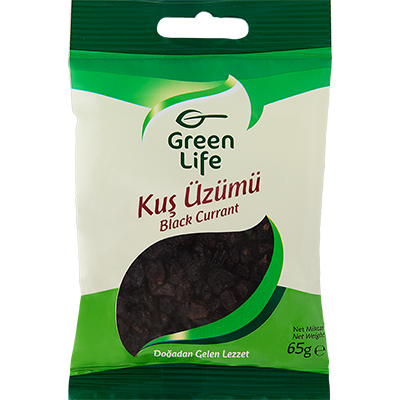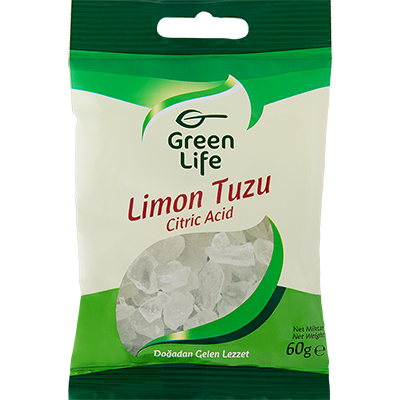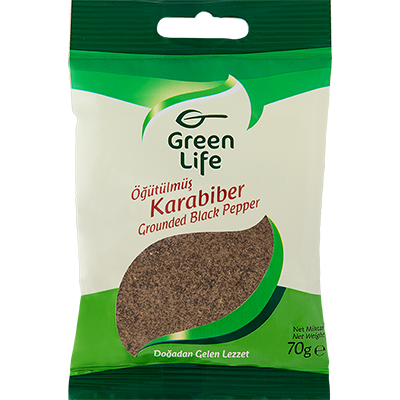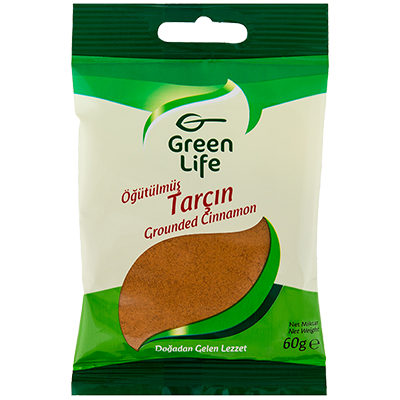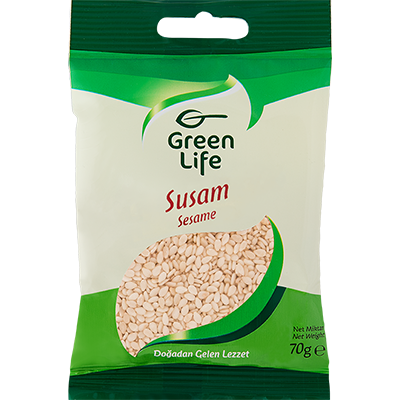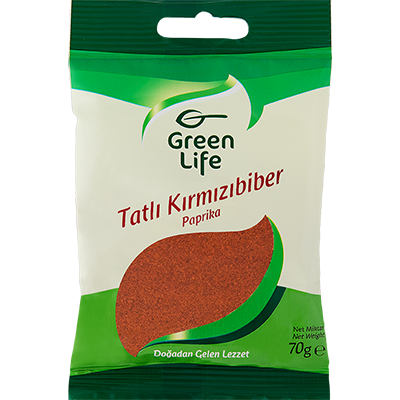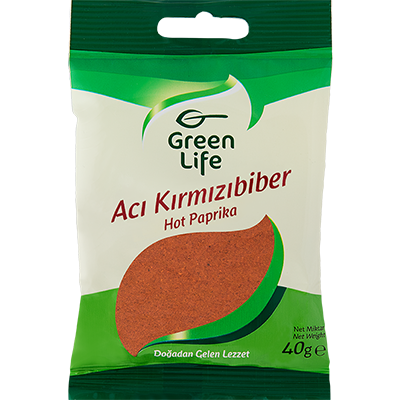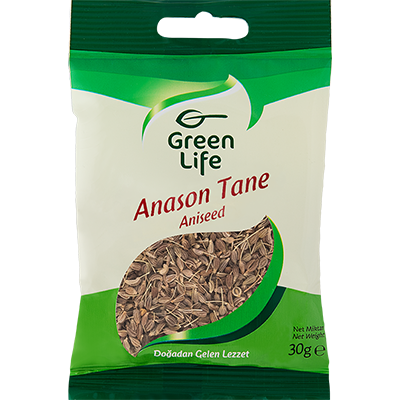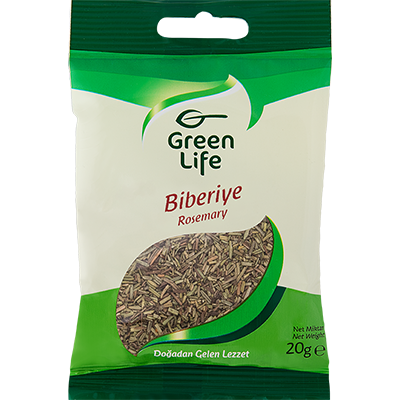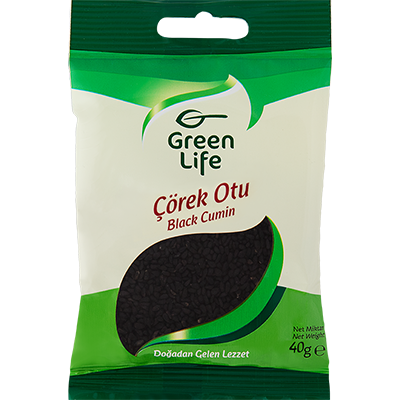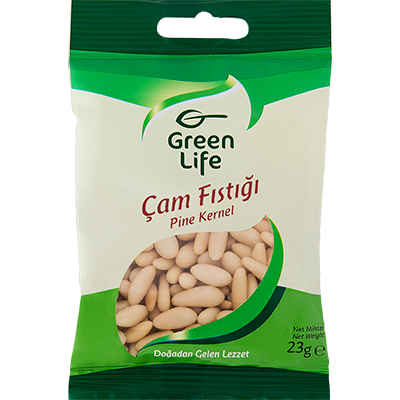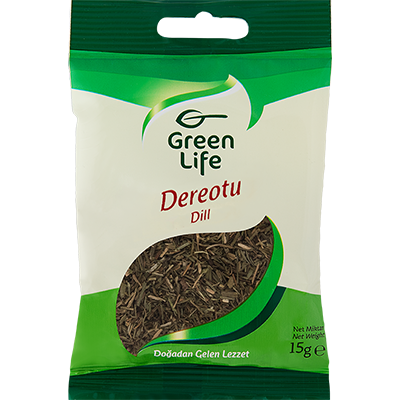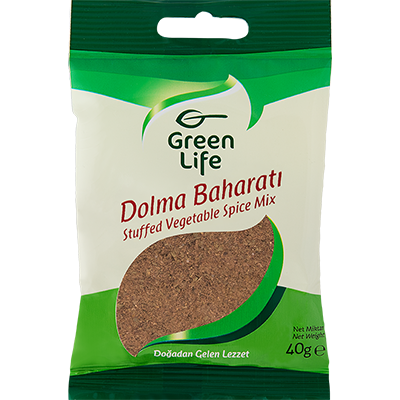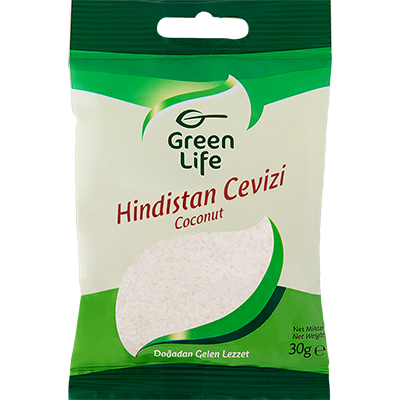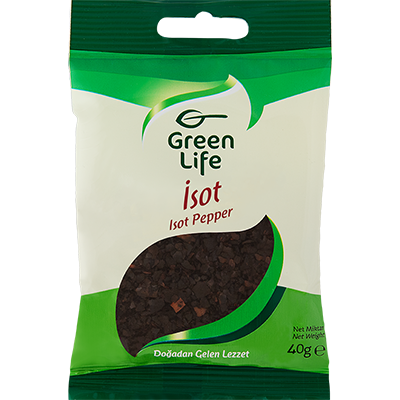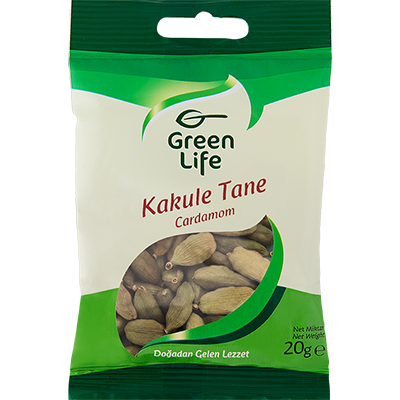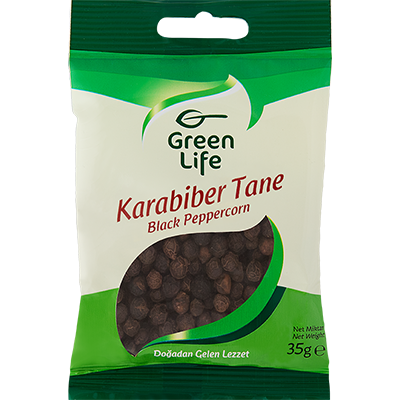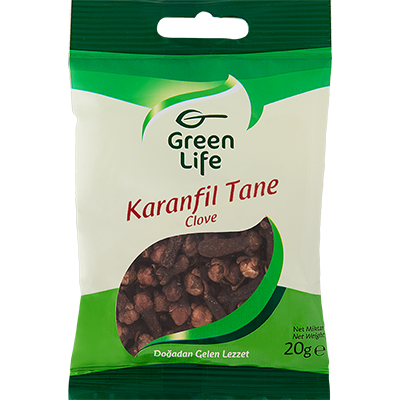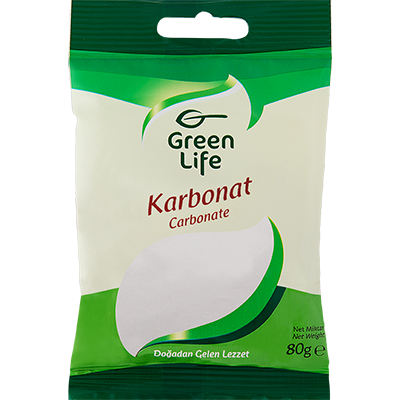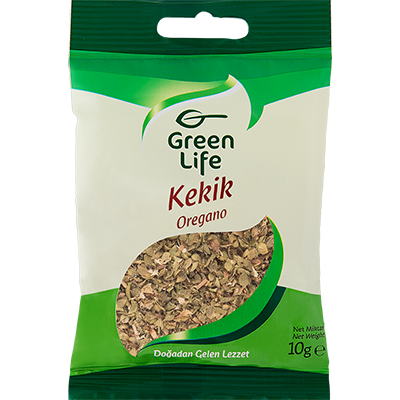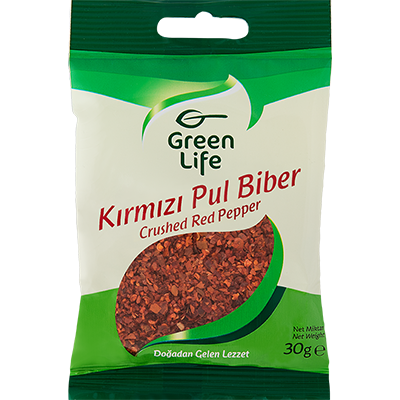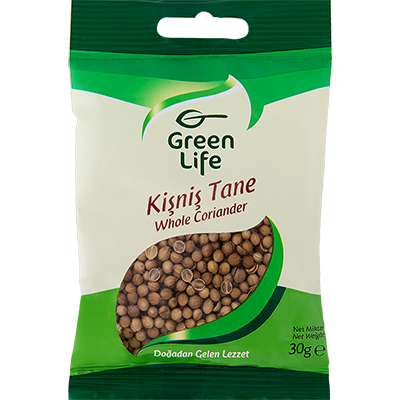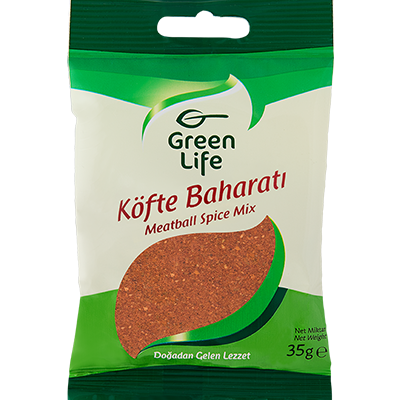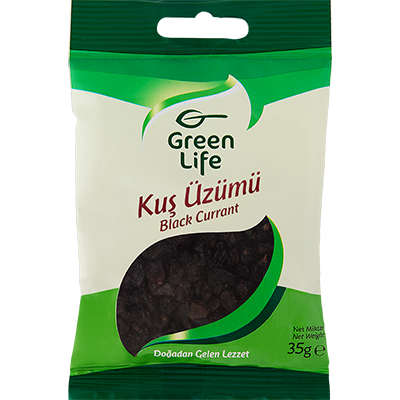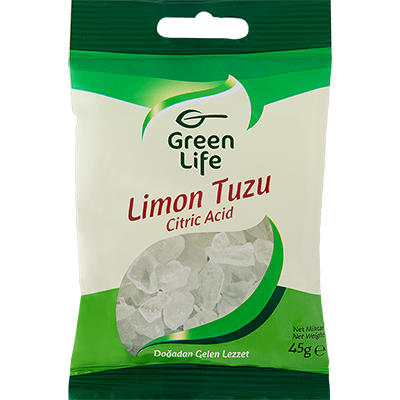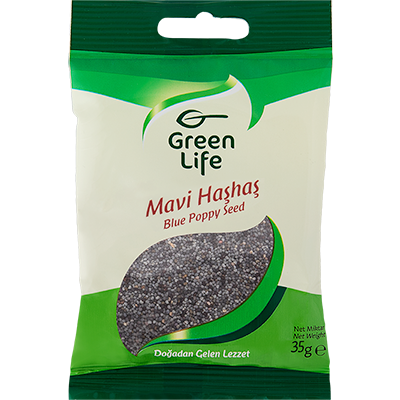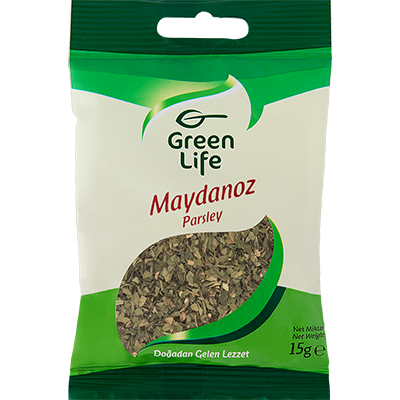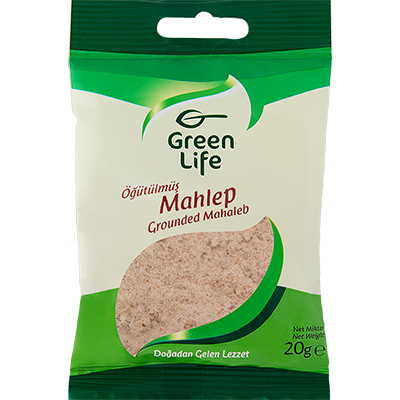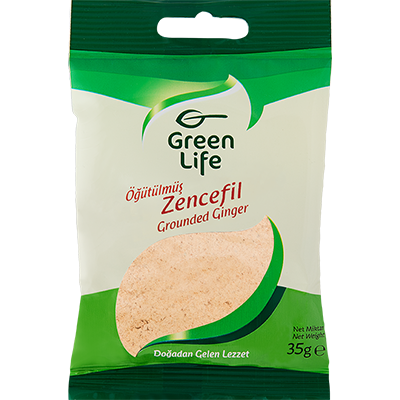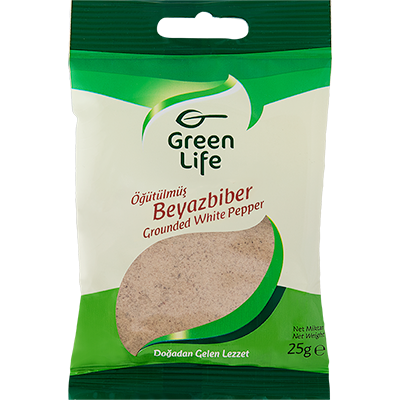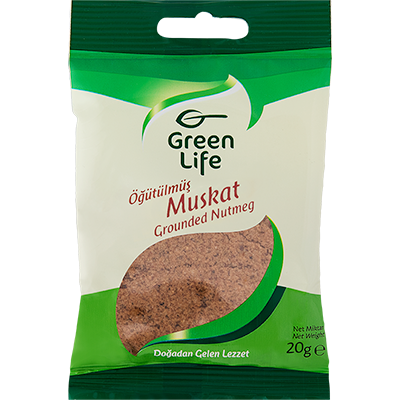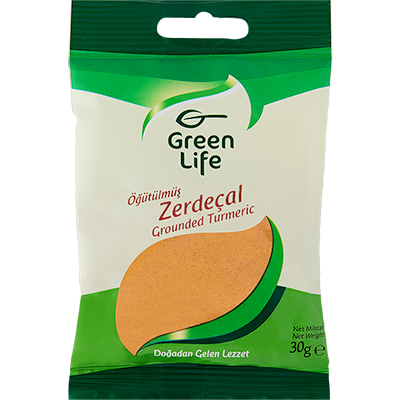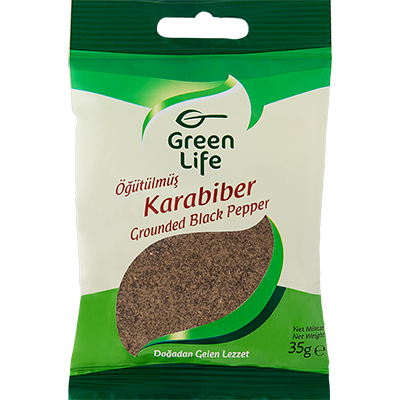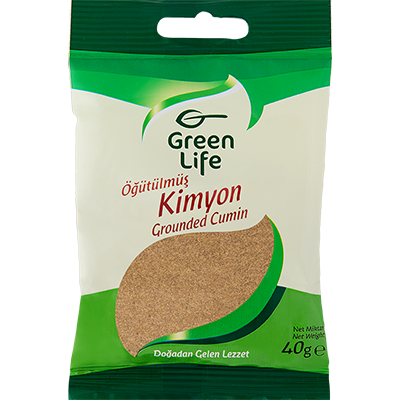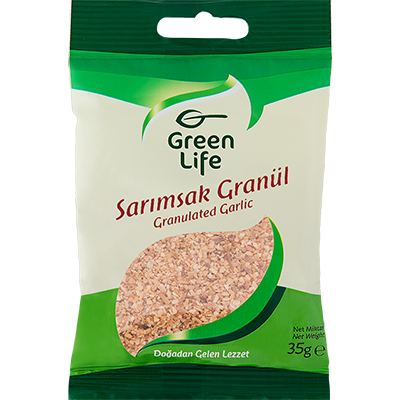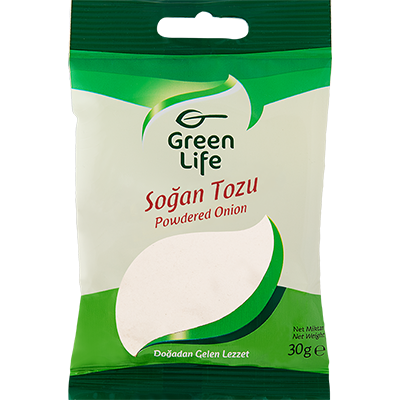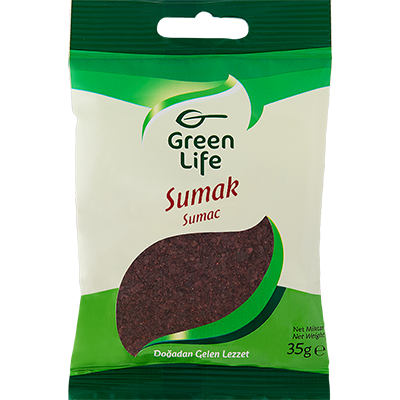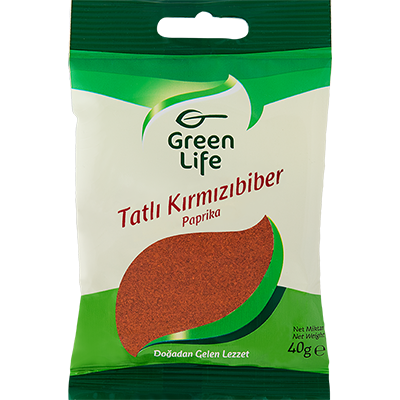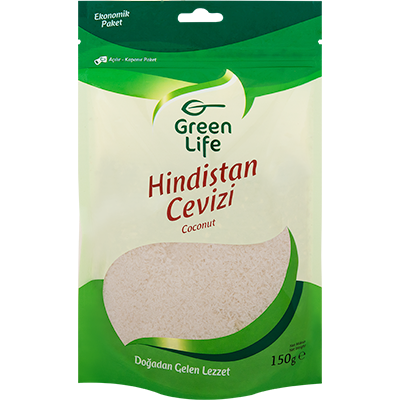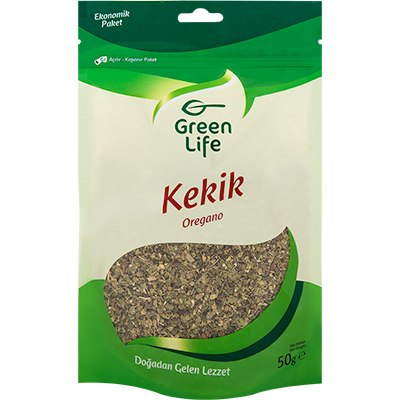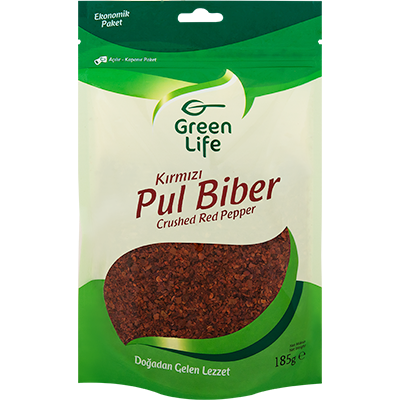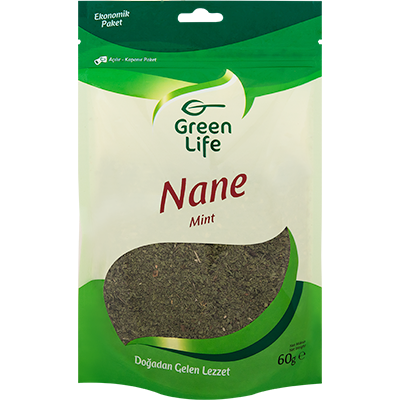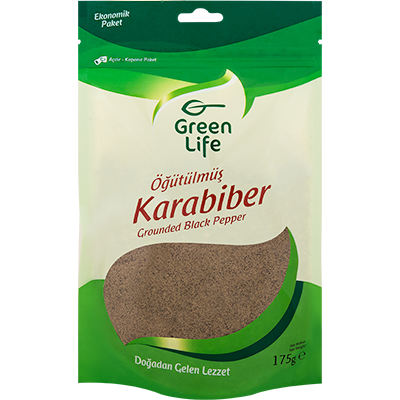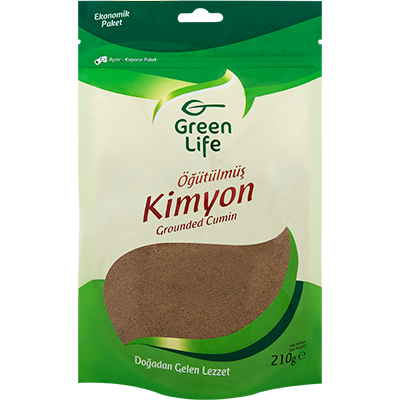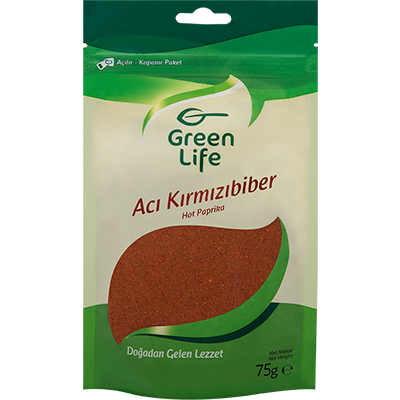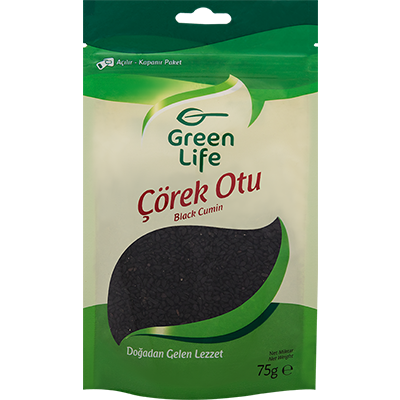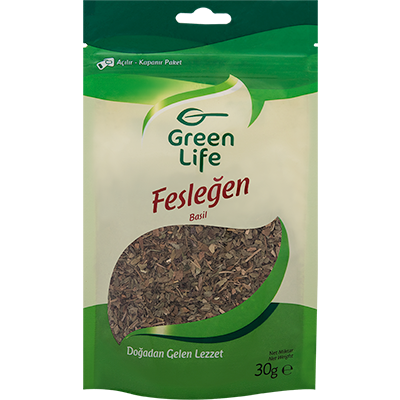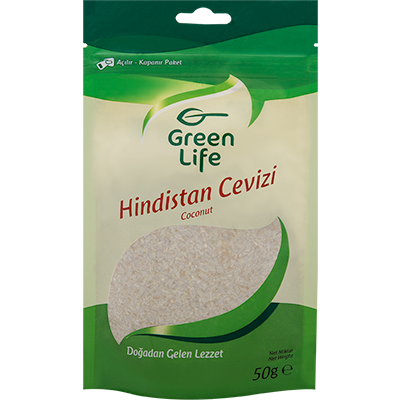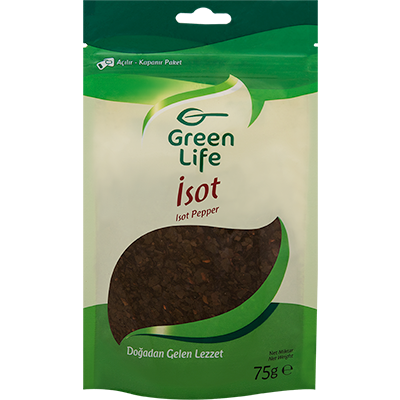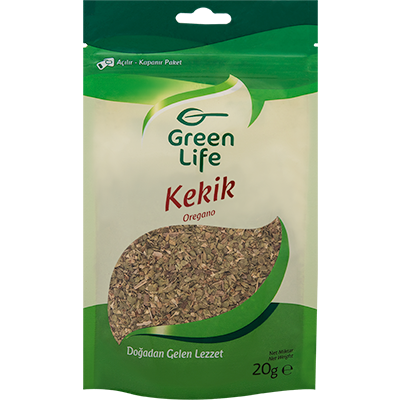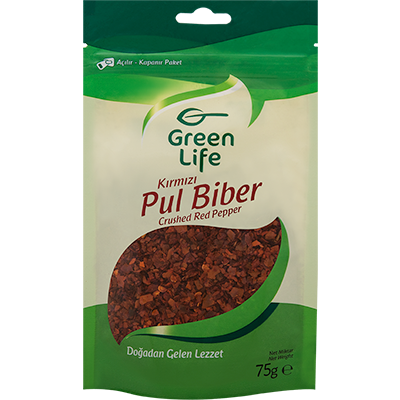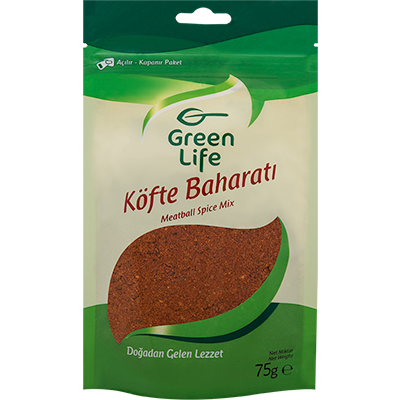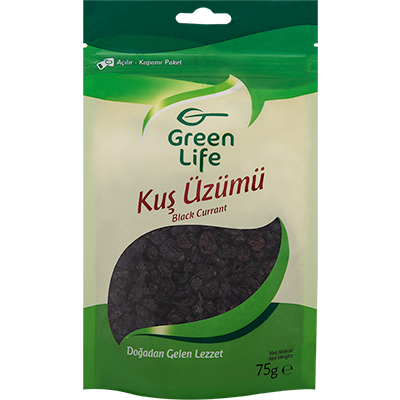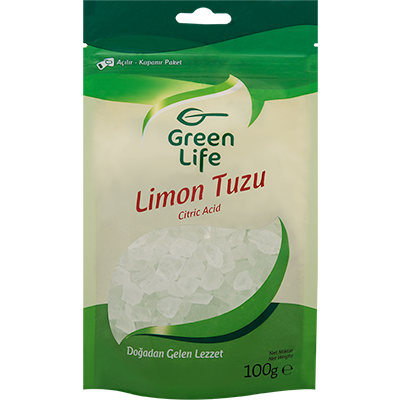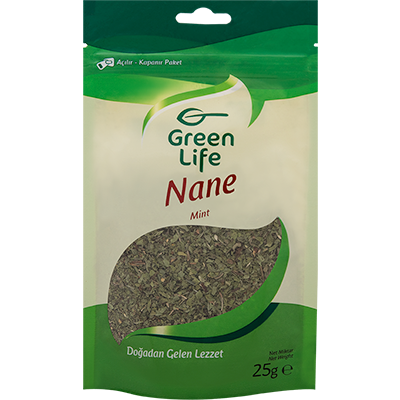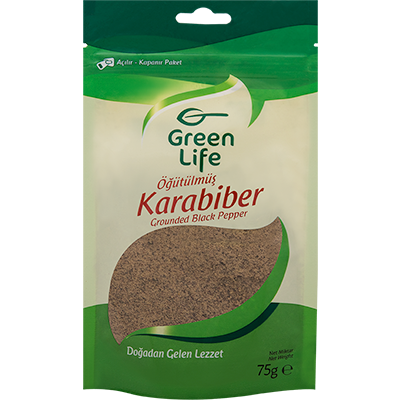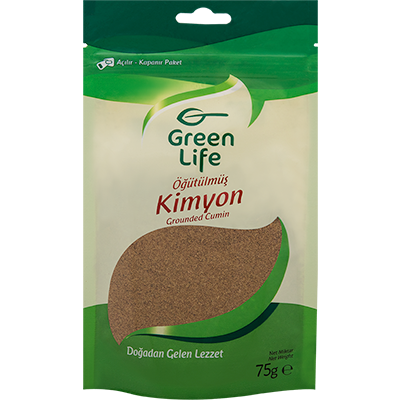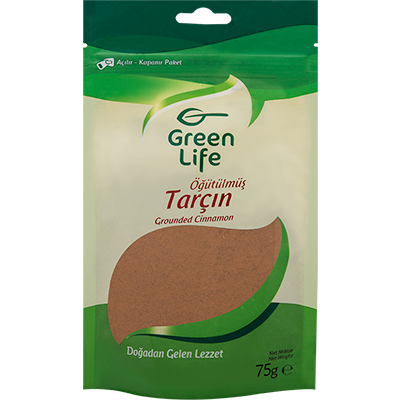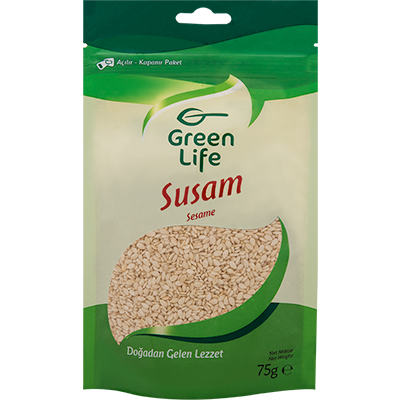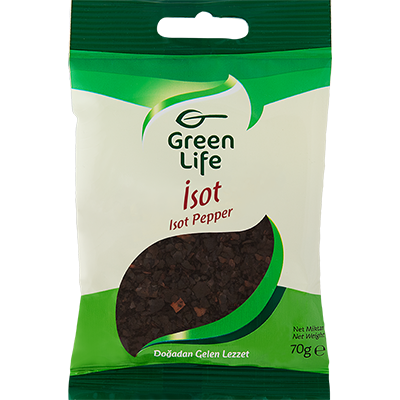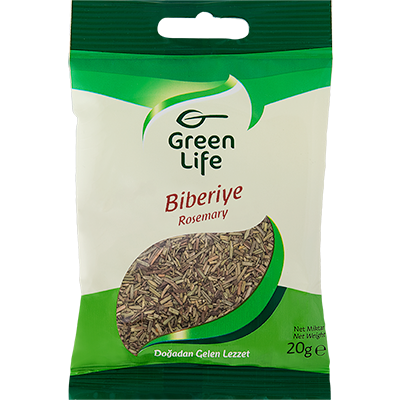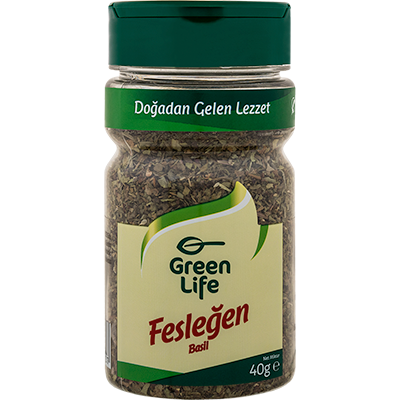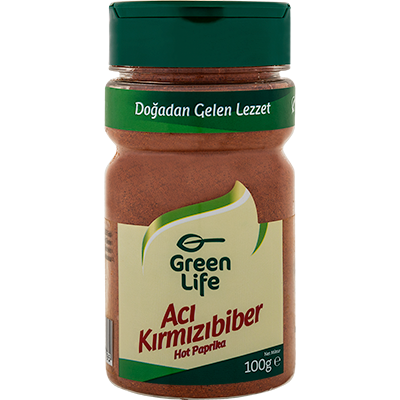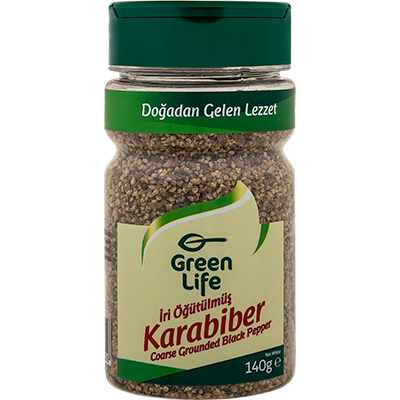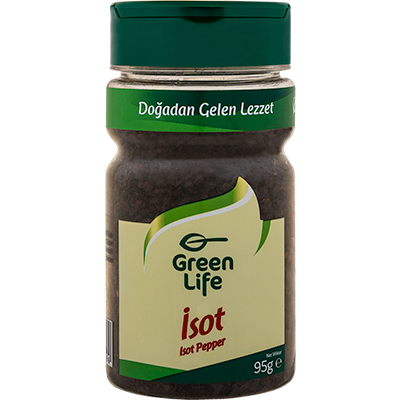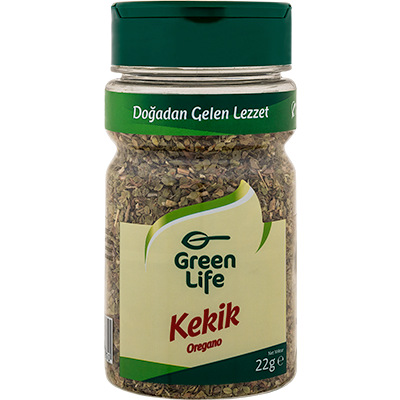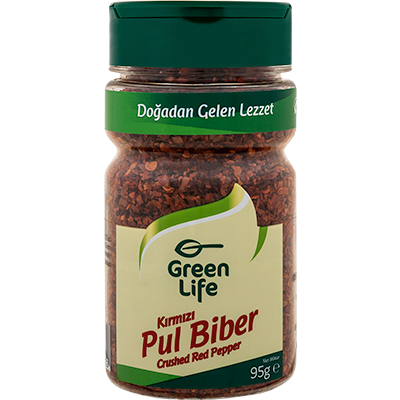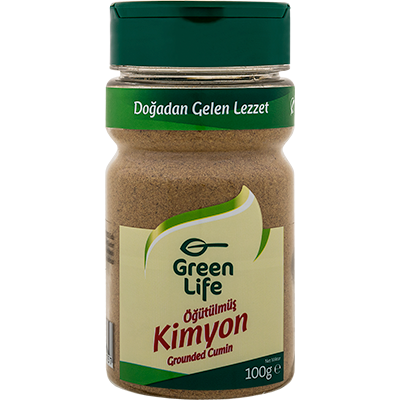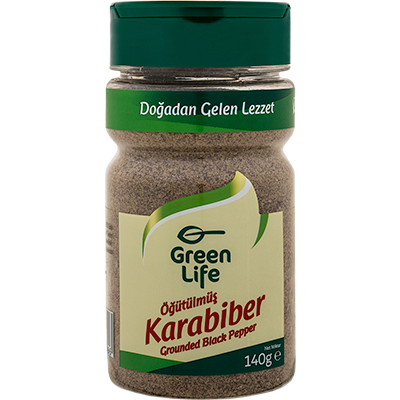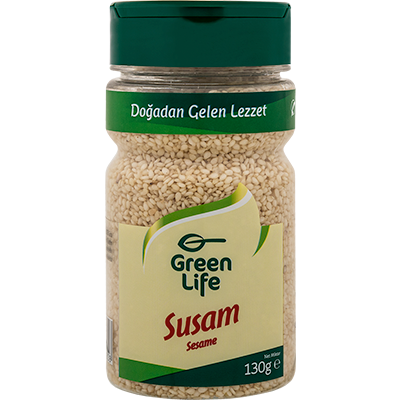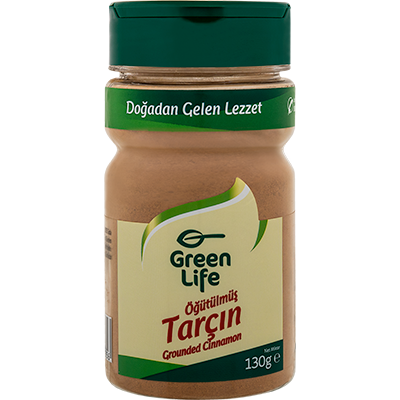Story of Spices / SESAME
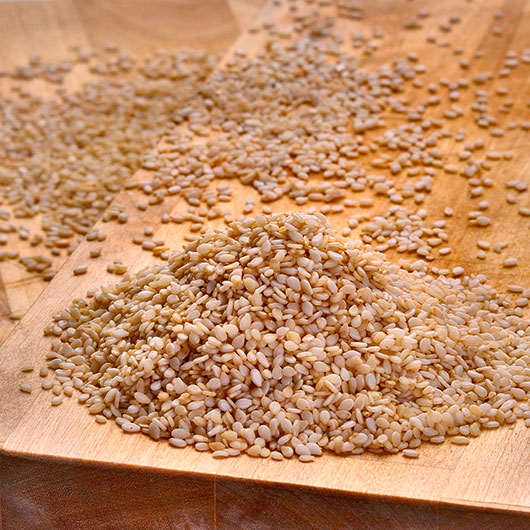
Throughout history, sesame has been one of the first plants grown for its seeds and extracted for its oil. The tradition of adding sesame to bread is still very popular in the Middle Eastern countries and it has its roots in the ancient Egypt and Babel. During archeological digs in Turkey, experts have come across findings that indicate sesame oil was being extracted in 900 B.C. The main ingredient of tahini, which plays an important role in almost all Middle Eastern cuisines, is also sesame.
Sesame is a plant resistant to hard conditions such as extreme heat and drought. It can be cultivated even around deserts, where almost nothing grows. Thanks to its polyunsaturated fatty acids extracted from its raw seeds, it offers a rich oil ideal for cooking. However, this sesame oil, which is suitable for cooking should not be confused with the sesame oil Asians use. Commonly used in the Far Eastern cuisines, this other sesame oil is produced from roasted sesame. Although the roasting process strengthens the popular nutty aroma of sesame seed, it also makes the oil less resistant to heat. Therefore, sesame oil Asians use is not very suitable for cooking since it burns easily when exposed to heat. Mostly, it is better to add this oil for flavor after cooking is done.
As seeds of a tropical plant, sesame seeds can be white, yellow, red, brown or black depending on their species. The most common type is white sesame. The small, flat and oval seeds have a bright and soft look, due to their oily content.
Taste notes:
Sesame seeds are not very aromatic. Its nutty and earthy smells constitute its main taste. If you roast sesame seeds, the aroma is strengthened and its unique taste becomes more intense.
Harmony:
Sesame is one of the spices that complement bread, simit (ring shaped bread covered with sesame seeds), börek (filled pastry in various shapes) and other savory pastries, giving them the familiar taste that we know.
Tips:
When sesame is roasted, the seeds become more aromatic and delicious. If you preserve your sesame seeds raw and roast them in a pan before using it, you can intensify its flavor.
As this spice contains a high level of fat, in warm seasons its smell might fade away easily unless it is kept in a fridge in an airtight glass jar. With this method, you can preserve raw sesame seeds for one year, and roasted sesame seeds for 2 years.
Good idea:
By mixing roasted sesame while it’s still warm with yoghurt and a pinch of salt, you can prepare an exquisite sauce. This sauce is perfect for serving with meatballs and steamed or roasted vegetables.
You can sprinkle the freshly roasted sesame on salads or you can prepare a tasty salad dressing by mixing it with olive oil, honey, lemon or vinegar.
Shrimps, meat and chicken… When covered with sesame and fried with a little bit of oil, they create a unique flavor.
Prepared in different ways and consumed at breakfast in the Middle East, as well as some of our southern and southeastern cities, the main ingredient of zahter (a blend of powdered thyme) is sesame. You can also prepare your own zahter in your own home. For this, roast plenty of sesame in a pan without any oil and then add chili pepper, thyme, sumac, cumin and salt, according to your palatal delight. Afterwards, mix these ingredients with a blender or a mortar until you achieve the fineness you want. Serve with olive oil and bread.
You can also prepare a great sauce with tahini, a kind of sesame paste, which works well with fish and roasted vegetables. For this, pour some tahini in a cup and mix it with a clove of garlic, some lemon juice and salt. Your sauce is ready to serve.
- -AKÇAABAT MEATBALL SEASONING
- -ANISE
- -WHITE PEPPER
- -ROSEMARY
- -PINE NUTS
- -CRISPY CHICKEN COATING MIX
- -NIGELLA
- -BAY LEAF
- -DILL
- -MEAT SEASONING MIX
- -BASIL
- -MUSTARD
- -DESICCATED COCONUT
- -İNEGÖL MEATBALL SEASONING
- -ISOT
- -ITALIAN PIZZA SEASONING
- -CARDAMOM
- -BLACK PEPPER
- -CLOVE
- -BAKING SODA
- -CHICKEN WINGS SEASONING MIX
- -BUTCHER’S MEATBALL SEASONING
- -THYME
- -RED PEPPER
- -CUMIN
- -CORIANDER
- -CURRY
- -DRIED BLACK CURRANT
- -SOUR SALT
- -MAHLAB
- -BARBEQUE SEASONING MIX
- -POPPY
- -PARSLEY
- -NUTMEG
- -MINT
- -PURPLE BASIL
- -GRANULATED GARLIC
- -GARLIC MUSTARD FRENCH FRIES SEASONING MIX
- -VEGETABLE SEASONING
- -SAUSAGE MEATBALL SEASONING
- -SUMAC
- -SESAME
- -CINNAMON
- -TARRAGON
- -CHICKEN SEASONING MIX
- -ALLSPICE
- -GINGER
- -TURMERIC
- -SPICE BLEND FOR STUFFED VEGETABLES IN OLIVE OIL
